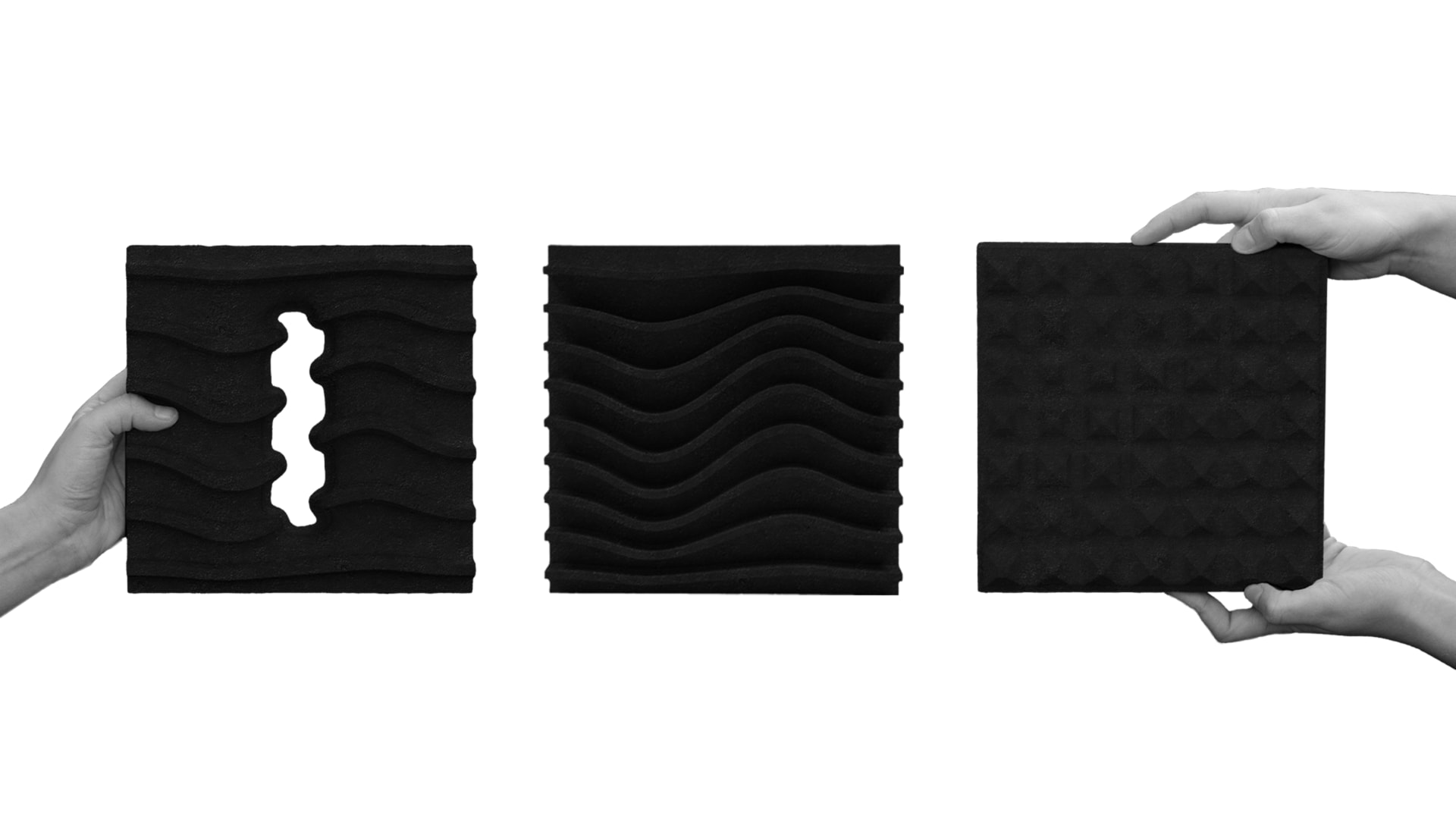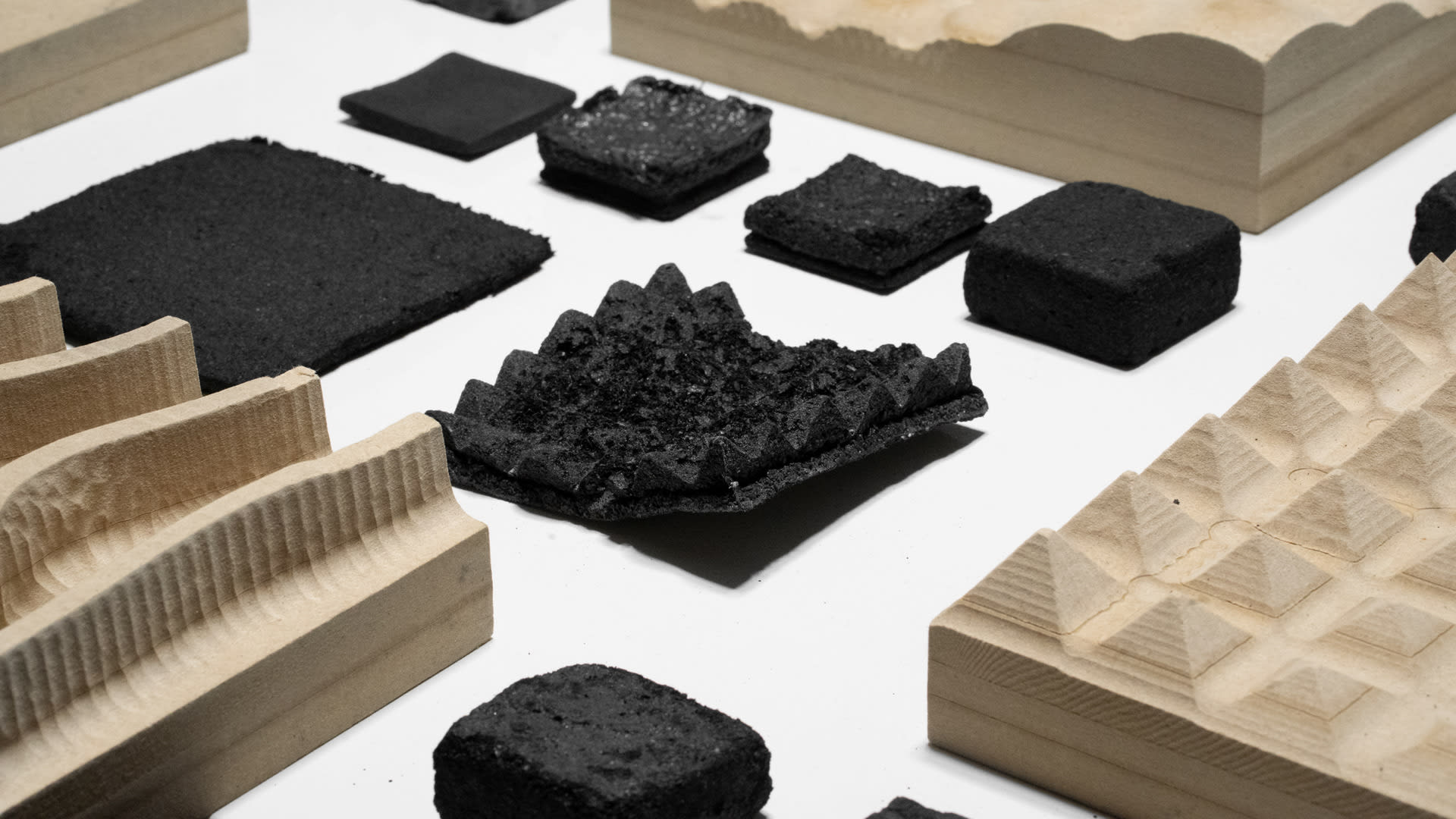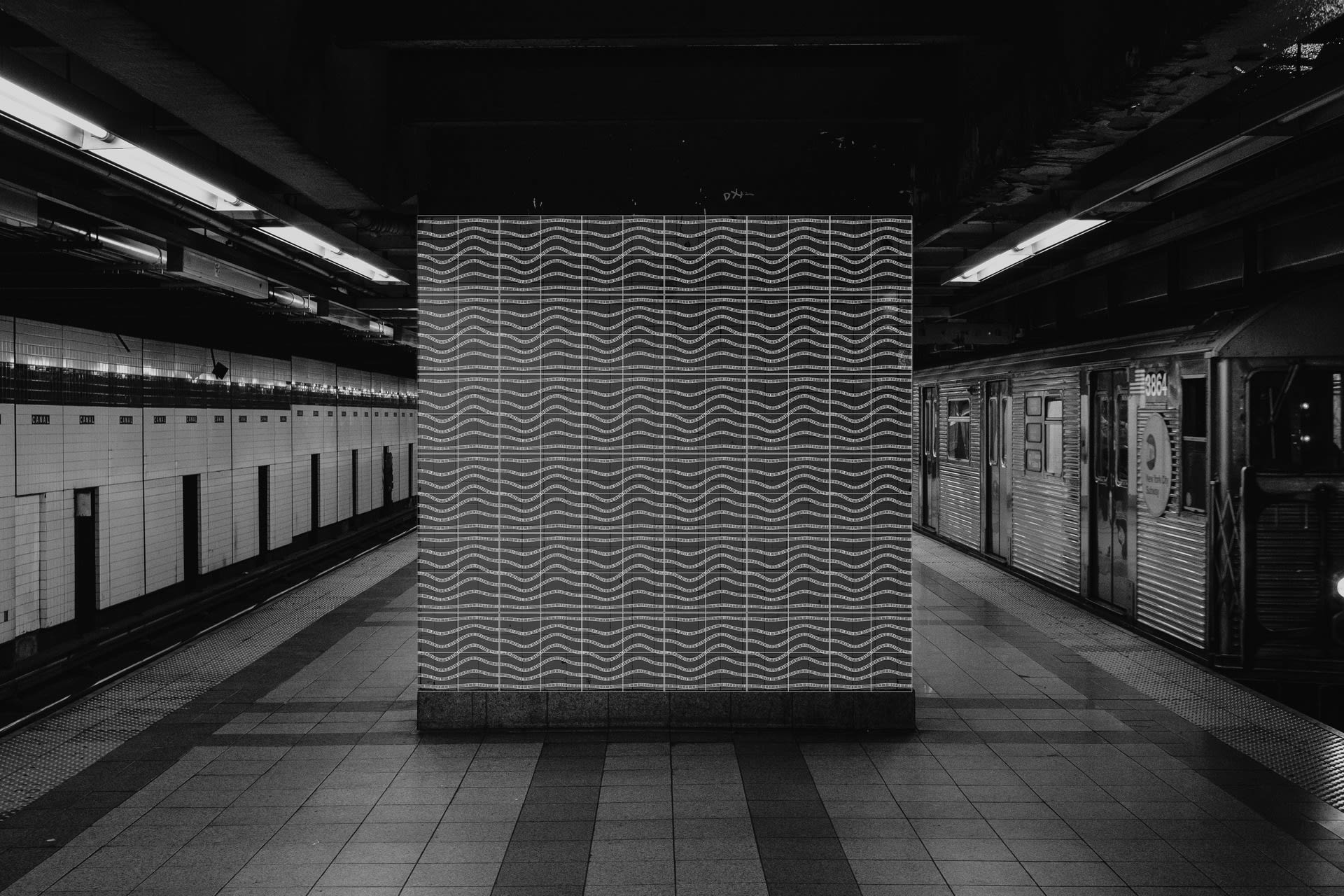Wei’s work explores the endless potential of fabrication techniques when combined with unique materials and the consideration of craftsmanship. Through studying material limitations, he has gained an acute insight into how to design and prototype with non-traditional materials. By expanding the possibilities of applications in his project, Wei presents innovative methods of processing and transforming unconventional materials.
Relevant experience
Product and fabrication designer, Resting Reef, London, 2023
Semi-finalist, Mayor's Entrepreneur, London, 2023 - The Biochar Tile
Exhibit, WantedDesign Exhibition, New York, 2023 - The Biochar Tile
Exhibit, Great Exhibition Road Festival, London, 2023 - Interactive Cardboard
Education
MA/MSc Global Innovation Design - Royal College of Art and Imperial College London, 2021-2023
International exchanges at Keio University, 2022, and Pratt Institute, 2022.
BFA in Industrial Design / Ceramics - Rhode Island School of Design, 2016-2021


























